How Does an Easement Affect You and Your Property?
Easements are an important but often misunderstood aspect of property law. An easement is a nonpossessory right to use another person’s land for a specific purpose.
Types of Easements
There are several types of easements, some of the most common include:
- Appurtenant Easements: This is the most common form of easement. Appurtenant easements benefit a specific parcel of land, known as the dominant estate, and burden a specific parcel of land, called the servient estate. Appurtenant easements typically “run with the land,” meaning they are tied to the property and transfer with it upon sale rather than affecting solely the parties that first entered into the easement agreement. A common example is a driveway easement that allows access to a landlocked property.
- Easements in Gross: So called “personal easements”, easements in gross benefit an individual or entity rather than a particular piece of land. Utility companies often hold easements in gross to run power lines, water pipes, or gas lines across multiple properties.
- Prescriptive Easements: Acquired through continuous, open, and notorious use of another’s land without permission for a statutory period, prescriptive easements grant a right of use similar to adverse possession but do not confer ownership.
- Easements by Necessity: These arise when a landlocked property requires access to a public road or utility. For instance, if a property has no direct access to a road, an easement by necessity may be granted over neighboring land to provide access.
Impact on Property Value and Usage
Easements can significantly affect the value and usage of a property, influencing everything from daily operations to long-term planning. It is essential to understand these impacts to manage your property effectively.
Effect on Property Value
The presence of an easement can either enhance or diminish a property’s value, depending on its nature and use. For example, an easement providing essential access to a landlocked property can increase its value by making it usable. Conversely, an adjoining property access in a way that interferes with a desired redevelopment might decrease its. Prospective buyers and investors should carefully consider the implications of any easements when evaluating property value.
Restrictions on Development
Easements impose certain restrictions on how the burdened property (servient estate) can be used and developed. For instance, an access easement might prohibit the construction of buildings or other structures within the easement area. These restrictions can limit the scope of development projects and affect the overall feasibility of certain uses for the property. Property owners must comply with these restrictions to avoid legal disputes and potential penalties.
Maintenance Responsibilities
Easements often come with maintenance responsibilities that can fall on either the dominant or servient estate, or both. For example, in the case of a shared driveway easement, both property owners might be responsible for its upkeep and repair. Clearly outlining maintenance obligations in the easement agreement is crucial to prevent
conflicts and ensure proper maintenance. Failure to maintain the easement could result in legal disputes or damage to the property.



